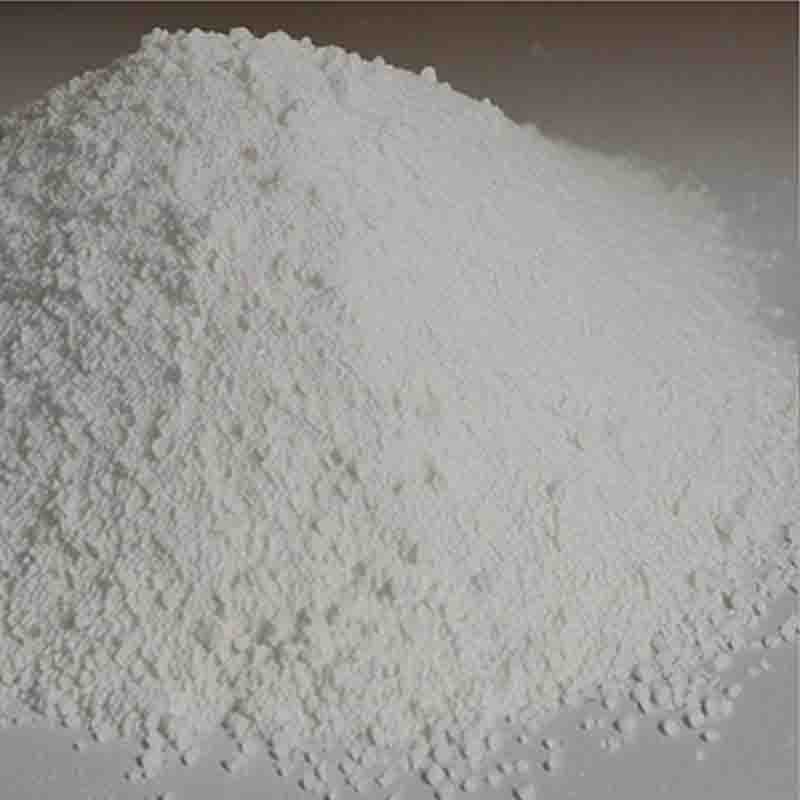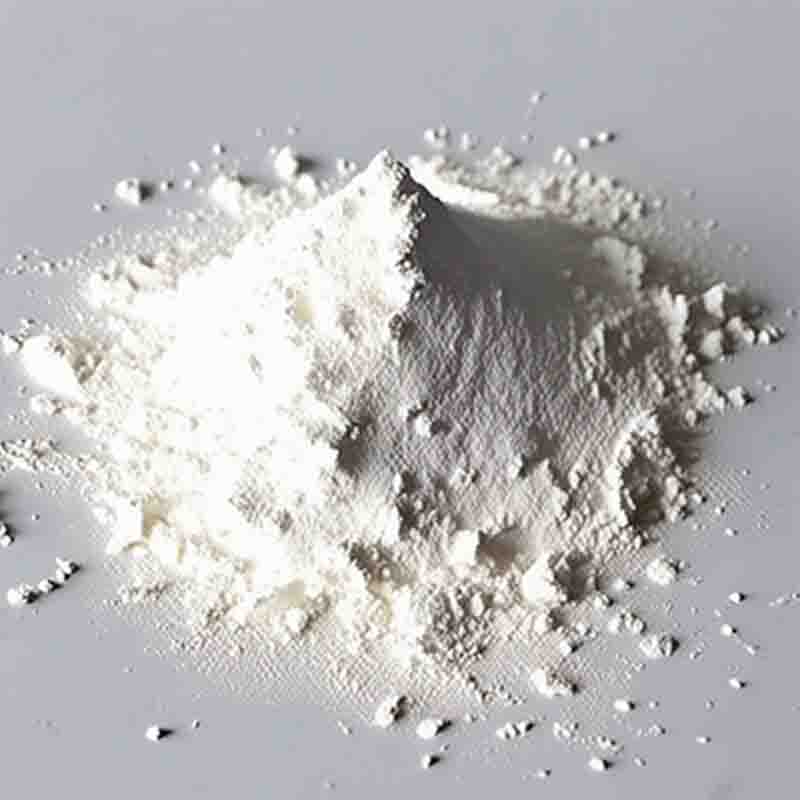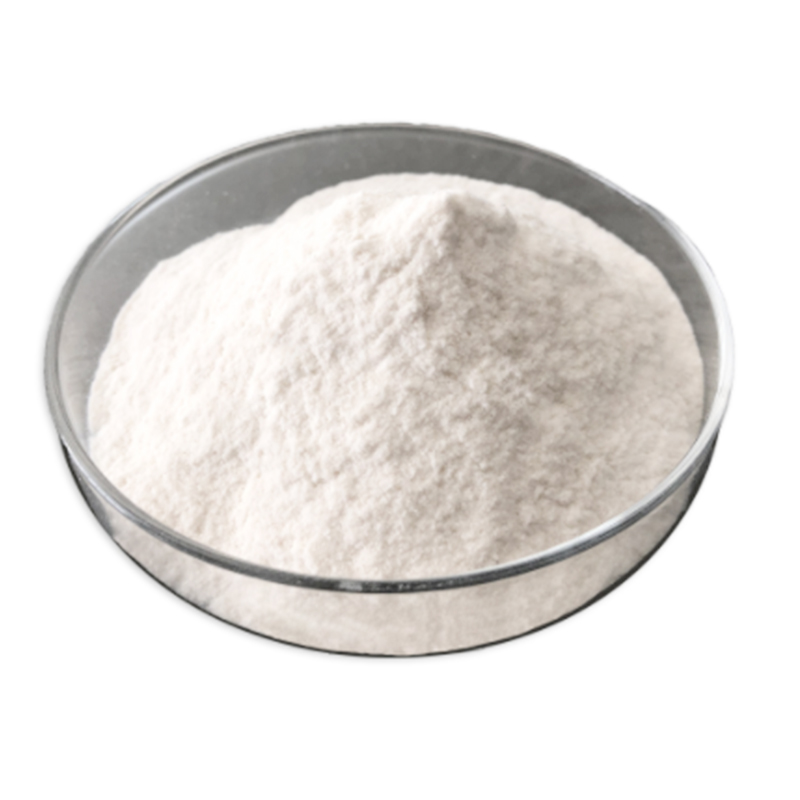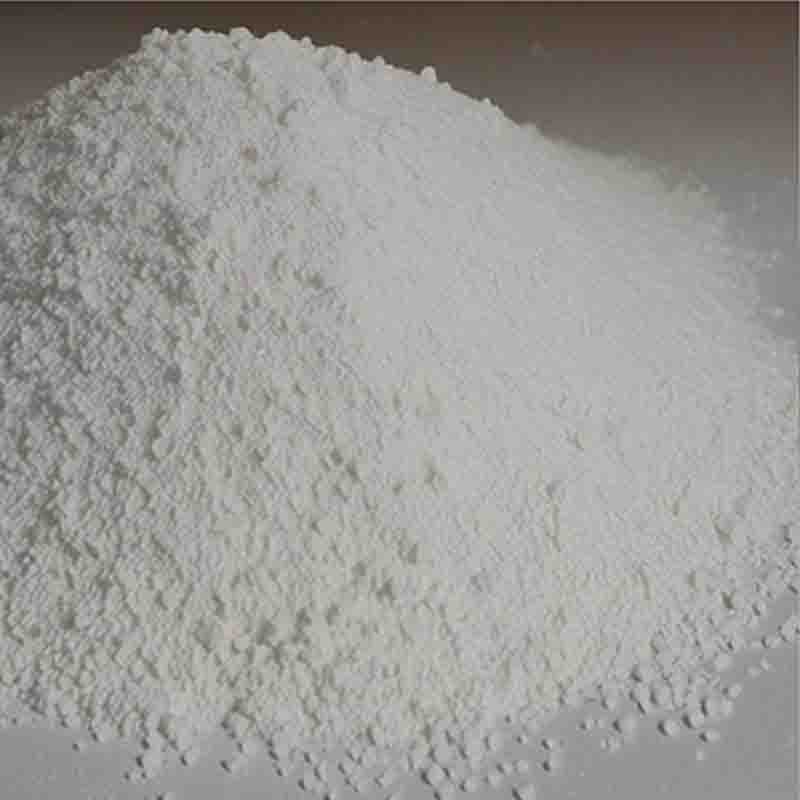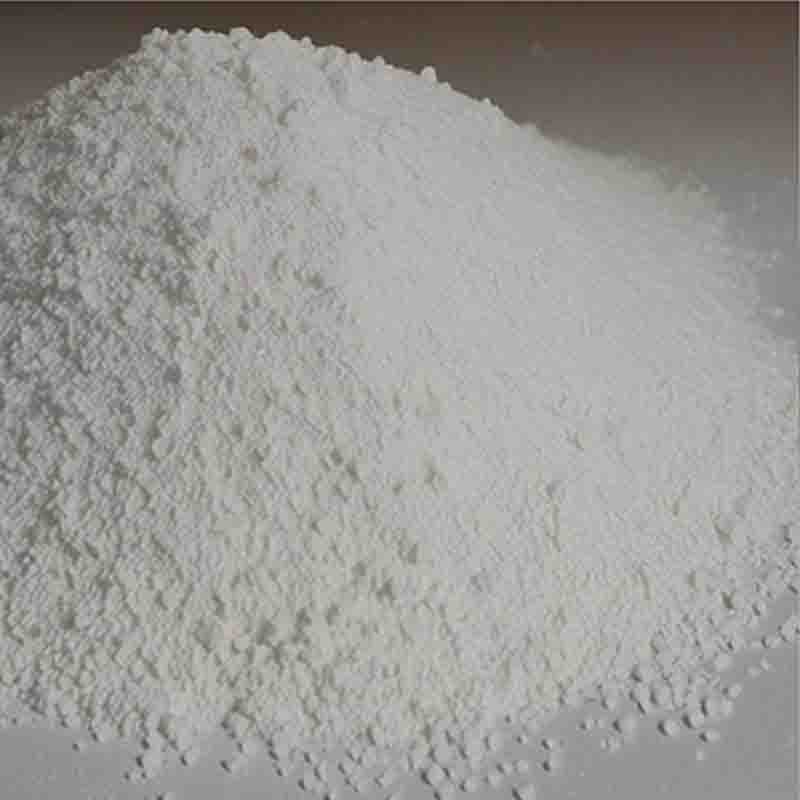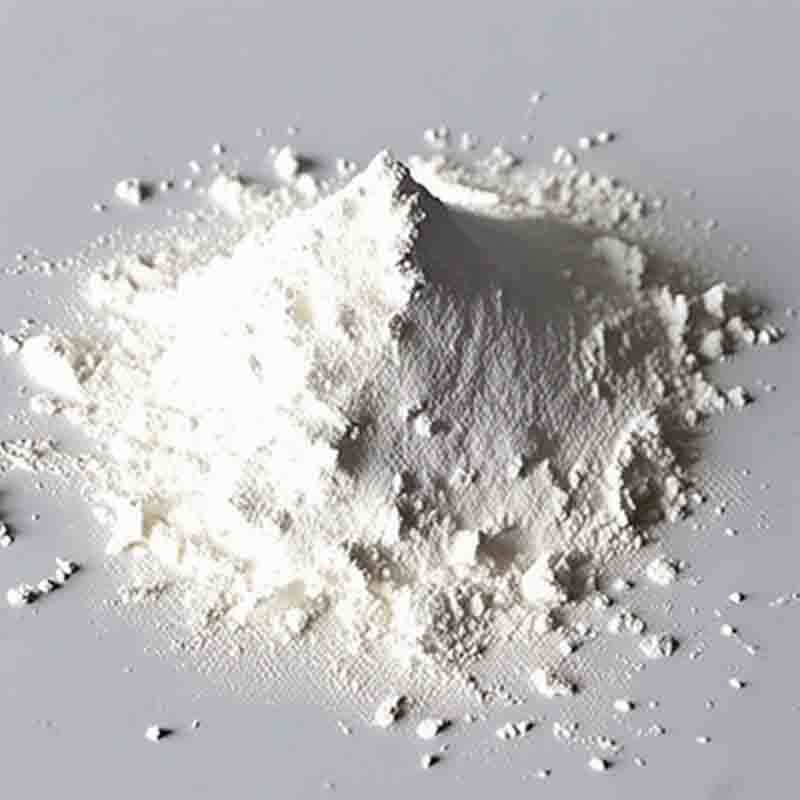1,2-Bis(trimethylsilyloxy)ethane CAS: 7381-30-8
| Catalog Number | XD95194 |
| Product Name | 1,2-Bis(trimethylsilyloxy)ethane |
| CAS | 7381-30-8 |
| Molecular Formula | C8H22O2Si2 |
| Molecular Weight | 206.43 |
| Storage Details | Ambient |
Product Specification
| Appearance | White powder |
| Assay | 99% min |
1,2-Bis(trimethylsilyloxy)ethane, also known as bis(trimethylsilyl)ethylene glycol, is a chemical compound with various applications in different industries, including the pharmaceutical, chemical, and materials sectors.
In the pharmaceutical industry, 1,2-Bis(trimethylsilyloxy)ethane can be used as a protecting group in organic synthesis. It can be selectively attached to specific functional groups in a molecule, protecting them from unwanted reactions during subsequent chemical transformations. This compound can be easily removed under mild conditions, allowing for the regeneration of the original functional groups and the synthesis of complex organic compounds.
In the chemical industry, 1,2-Bis(trimethylsilyloxy)ethane is used as a reagent or catalyst in various chemical reactions. It can participate in reactions such as cross-coupling reactions, nucleophilic substitutions, and polymerizations, leading to the formation of desired chemical products. Its trimethylsilyl groups can provide steric hindrance or electronic effects, influencing the outcome of the reactions and improving the selectivity or efficiency of the processes.
Furthermore, 1,2-Bis(trimethylsilyloxy)ethane finds applications in the materials industry. It can be used as a precursor or additive in the production of advanced materials, such as polymers, resins, and coatings. Its unique trimethylsilyl groups can contribute to the desired properties of these materials, including improved thermal stability, chemical resistance, or adhesion to substrates.
In conclusion, 1,2-Bis(trimethylsilyloxy)ethane has diverse applications in the pharmaceutical, chemical, and materials sectors. Its role as a protecting group in organic synthesis, its potential as a reagent or catalyst in chemical reactions, and its unique trimethylsilyl groups make it valuable in various industries. Further research and development are continually expanding the potential applications of this compound in these fields.


